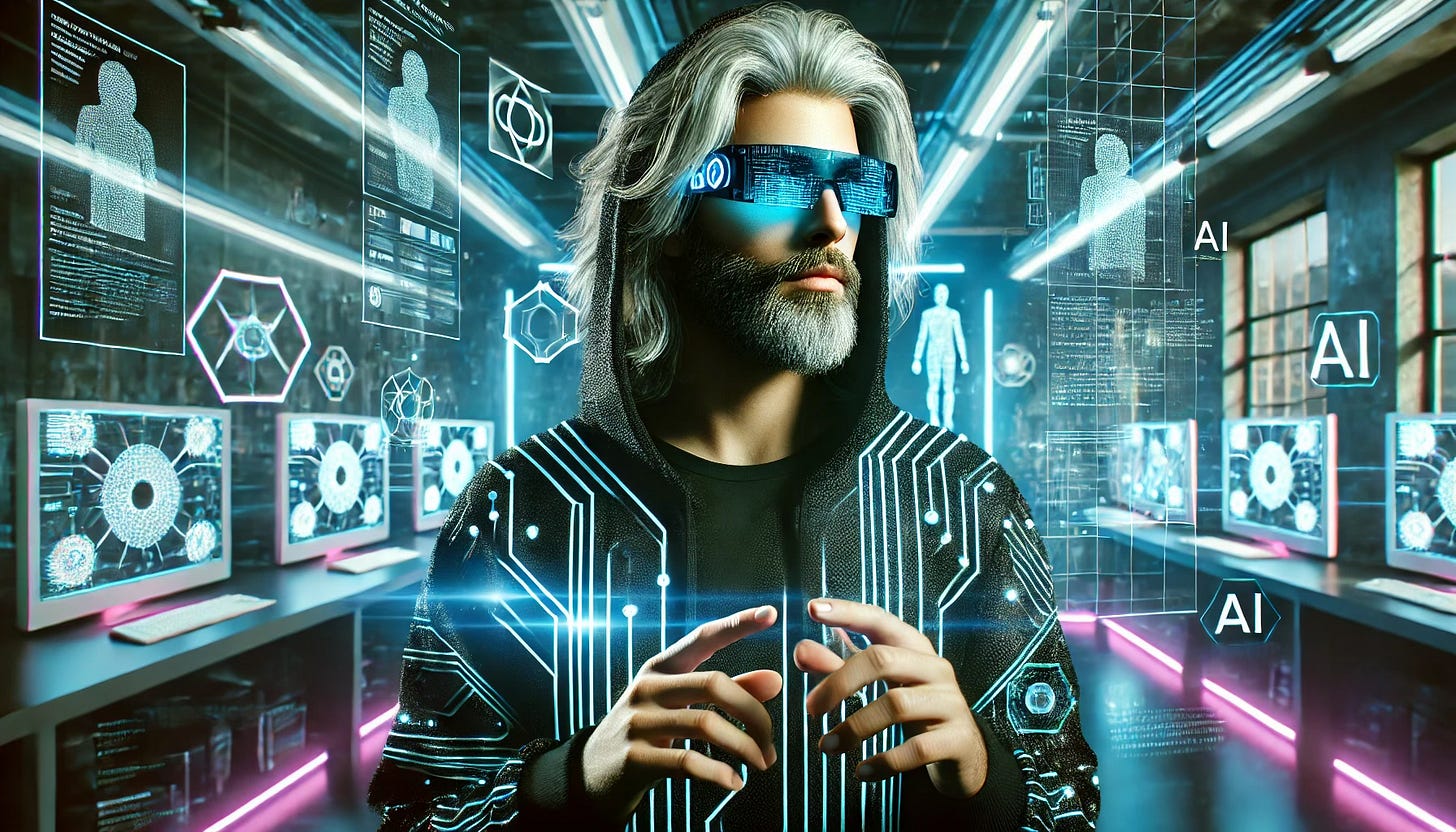Applying Rick Rubin’s “The Creative Act” to AI Software Engineering
In recent months, I have heard founders, CTOs, and engineering managers repeatedly stress the importance of creativity and experimentation in AI projects and coding, highlighting these qualities as crucial for successful project execution in the AI era.
Why does AI demand these attributes?
AI requires creativity and experimentation due to its ever-evolving, dynamic nature and unpredictable behavior. Achieving optimal performance requires continuous iteration and refinement. Unlike traditional software, AI learns from data, necessitating continuous adaptation, novel problem-solving, and interdisciplinary thinking. Engineers must experiment to balance accuracy, efficiency, and scalability while addressing ethical concerns like bias and fairness. Rapid advancements in AI frameworks and methodologies further push the need for innovation, making creativity essential for staying ahead in this fast-evolving field.
Rick Rubin's The Creative Act: A Way of Being (2023), though primarily centered on artistic and musical creativity, offers valuable insights that are applicable to AI software engineering. The book’s principles of creativity, experimentation, collaboration, and self-reflection can serve as a guide to engineers seeking to enhance their effectiveness leveraging AI. Rubin emphasizes innovation, experimentation, and developing a unique voice—concepts highly relevant to software engineering, where originality and problem-solving are essential.
Embracing a Creative Mindset: AI Software engineering is a creative endeavor. Rubin’s emphasis on nurturing a creative spirit can inspire software engineers to think outside the box and approach problem-solving in new ways.
Valuing Experimentation and Risk-Taking: Just as Rubin encourages artists to experiment and take risks, software engineers can benefit from experimenting with new technologies, methodologies, and design patterns, even if they do lead to failure, as this is often where real learning and innovation occur.
Collaboration and Feedback: The book highlights the importance of collaboration and learning from others. In software engineering, working in teams, peer programming, and code reviews can be seen as parallel practices that foster learning and improve the quality of the end product.
Persistence and Adaptation: Rubin’s insights into the importance of persistence and adapting to changing circumstances resonate with software development's iterative and agile nature, where perseverance and flexibility are key to overcoming challenges and responding to evolving requirements.
Finding Your Voice: In entrepreneurship and software engineering, this could translate to developing a personal coding style or specializing in specific technologies or methodologies that align with interests and strengths that are unique and authentic.
Mindfulness and Reflection: The book’s focus on mindfulness and self-reflection can help entrepreneurs and software engineers stay grounded and focused, leading to improved problem-solving abilities and better management of the stresses and complexities inherent in the field.
Conclusion
In an era where AI development is rapidly evolving, creativity and experimentation are not just beneficial but essential. Rick Rubin’s The Creative Act offers a compelling framework that software engineers can adopt to navigate the complexities of AI with a fresh perspective. By embracing creativity, valuing experimentation, fostering collaboration, and maintaining a mindset of persistence and adaptability, engineers can push the boundaries of what’s possible. Just as artists refine their craft through continuous exploration, AI practitioners must cultivate a similar approach—iterating, learning, and innovating to create solutions that are not only technically sound but also transformative. Ultimately, the intersection of art and engineering may hold the key to unlocking the true potential of AI.


